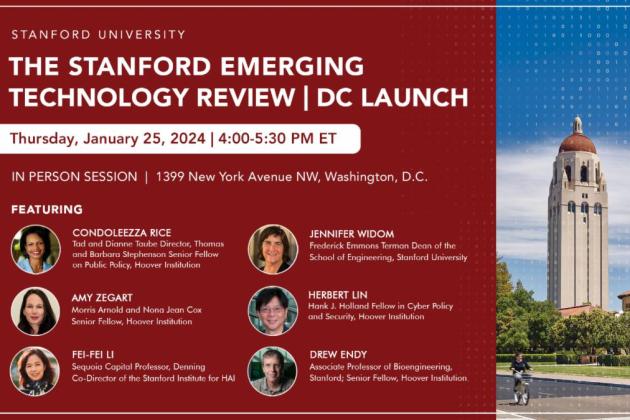Overview
Semiconductors, often in the form of microchips, are crucial components in everything from smartphones and cars to advanced weapons and navigation systems used by the military. Chips must be designed and then subsequently manufactured in facilities known as “fabs” that can cost billions of dollars and take several years to build. Only a few companies, such as Intel, both design and make chips; most specialize in either design or manufacturing. In 2024, Taiwan Semiconductor Manufacturing Company (TSMC) controlled over 60 percent of the world’s contract manufacturing and 90 percent of the manufacturing of advanced chips. With a large percentage of the world’s chip factories located in Taiwan, the global supply chain for chips remains fragile.
KEY DEVELOPMENTS
For over half a century, a phenomenon known as Moore’s law has governed developments in the semiconductor industry. This refers to a phenomenon that has seen the number of transistors on a chip of the same size and cost double roughly every couple of years, effectively doubling the chip’s processing power. Moore’s law is not a law of physics, but rather an observed trend driven by improvements in manufacturing tools and other factors that have been so consistent that everyone expects the cost of computing to keep decreasing with time. However, there are indications that Moore’s law has slowed down and that its end may be in sight.
This is happening just as artificial intelligence (AI) and machine learning (ML) are driving a surge in demand for computing resources—and especially for specialized hardware such as advanced graphical processing units (GPUs) that power the development and training of many AI and ML models.
That shift is reshaping the semiconductor industry and emphasizing the need for novel computing advancements such as chiplets, 3-D heterogeneous integration, and silicon photonics. Chiplets are small, modular chips that specialize in specific functions and can be combined in ways that deliver more energy-efficient processing power than large, monolithic chips. 3-D heterogeneous integration is a semiconductor-manufacturing technique that vertically stacks different electronic components, such as processors and memory. Photonic interconnects that use photons to transmit data inside and between chips promise to enhance data-carrying capacity and reduce energy consumption compared with traditional interconnects that use electrons. Memory technology is also evolving and pushing the boundaries of what is possible to support data-intensive applications like AI.
Quantum computing remains a field of intense research and development, with significant progress being made in both the number and quality of quantum bits, or qubits, that can be generated and controlled. Quantum computers’ promise lies in their potential to perform certain complex calculations at unprecedented speeds, which could have applications in fields such as cryptography, materials science, and complex system simulations.
Quantum computations are analogue, not digital, and current implementations can be disrupted by “noise” in the environment such as vibrations or changes in temperature, causing errors in calculations. Recent work in areas such as errorcorrecting algorithms has improved the fidelity of a modest number of qubits (around thirty), but far larger numbers of high-quality qubits—two or three orders of magnitude more—will be needed for the computers to become more broadly useful.






























